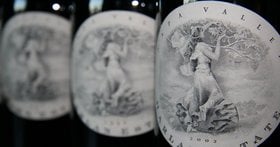Wine Sweetness Chart (Factors Affecting Sweetness, Flavor Profiles)
Further reading
- Check out the most delicious Sweet White Wines in the world!
- Explore these sumptuous Sweet Red Wines for your next dessert adventure.
Wine Sweetness Chart

A wine’s sweetness level and taste will depend on where the wine grape was grown and the style of winemaking.
Use our sweetness charts to quickly gauge where a wine likely falls in terms of sweetness.
Note: Those in the “sweet” and “very sweet” range are generally dessert wines. A dry wine or boney dry wine simply means it’s not sweet.
A. Red Wine Sweetness Chart
Here’s a look at some popular red wines and their sweetness levels, based on their typical residual sugar content:

B. White Wine Sweetness Chart
Now, for some white wine sweetness levels:

You may wonder why Champagne or rose wine doesn’t appear in these charts.
That’s because Champagne has its own sweetness category (eg. Brut, Sec), and rose wine can come in different wine styles, both sweet or dry.
What do terms like “bone dry” to “very sweet” mean?
What Do The Different Wine Sweetness Levels Mean?

Wine sweetness is categorized by the amount of residual sugar it has, let’s take a look:
- Bone Dry means there’s almost no more residual sugar in the wine. A wine that’s bone dry might make you feel like all the moisture is gone from your mouth.
- Dry wines generally have 10-20 g/L of residual sugar. They won’t be sweet but may still be light and approachable like Pinot Noir or Merlot.
- Semi-sweet wines typically contain 20-75 g/L residual sugar.
- A sweet or very sweet dessert wine would have over 75 g/L of residual sugar. The sweetest of these wines can coat the insides of your mouth with an intense honeyed taste, like the famed Hungarian Tokaji.
Now:
What Is Residual Sugar?

Fermentation converts grape sugars into alcohol.
Residual sugar is the amount of unconverted grape sugars — measured in grams/liter (g/L). So, technically, the less alcohol a wine has, the sweeter the wine is.
Some winemakers halt the fermentation process early to produce a sweeter wine.
Others add a sugar solution (called a dosage) between fermentations, such as during sparkling wine production, or use grapes purposely left to ripen longer on the vine, so they’re sweeter.
Here’s a quick tip on figuring out the sweetness levels of your favorite bottle of wine:
How to Measure Wine Sweetness

Look at the alcohol by volume (ABV) number. A dry wine will have a higher ABV as most of the sugar has been transformed. If you’re interested in a sweet wine, look for 11% ABV or lower as these will have more residual sugar. Dry wines will tend towards a 14% ABV or higher.
Next, let’s see why some wines can taste sweeter than expected.
Why Do Some Wines Taste Sweeter Than Others?
The first thing to realize is that while a wine’s sweetness can be defined by its residual sugar content, your perception of its sweetness is a separate thing. Residual sugar is just the actual sugar level of the wine.
How the overall wine tastes to the wine drinker is a little more complex than a mere number, and can be attributed to three components - tannin, acidity, and aroma.
1. Tannin: Your Sensitivity to It Affects The Taste (and Perception of Sweetness)

Tannin levels relate to how a wine feels on your tongue.
The higher the tannin level, the drier your mouth will feel, like when you have strong bitter tea.
Some people have a higher sensitivity to tannins based on the proteins naturally present in their saliva. The less protein a person has in their saliva, the more tannin dryness they will experience.
Tannins come from the skin of the grape, and it’s the grape skin that provides color to the grape juice that’s fermented into wine. This is why red wine has tannins, and most white wines don’t.
We say most because there are always exceptions, like orange wine.
Thanks to tannin levels, a sweet red wine may taste less sweet than it really is.
Fatty and salty foods reduce the taste of tannin, too. So, now you know why that dry, bold Cabernet Sauvignon tastes even better with potato chips.
2. Acidity: It Can Alter Your Perception of Wine
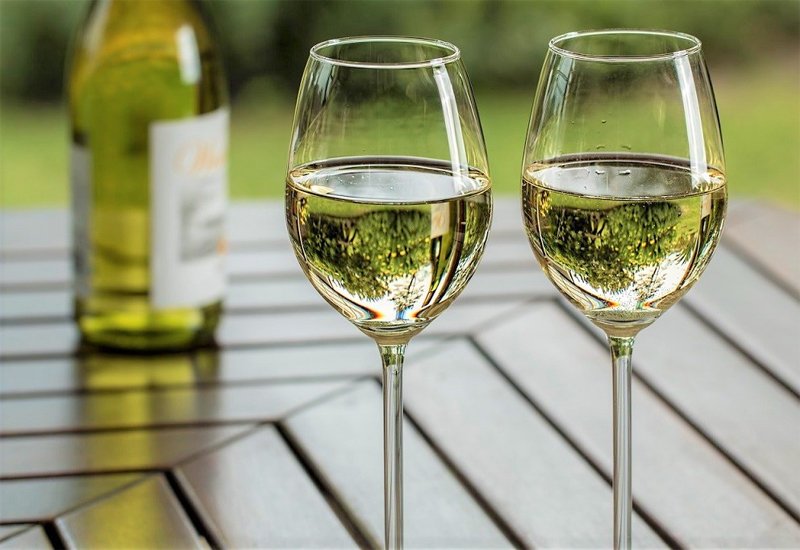
A wine with high acidity is going to taste drier than one that’s less acidic.
Imagine sipping sweet tea, and then adding lots of lemon juice to it. You’ll notice the sweetness level drop as sour counterbalances sweet.
Acidity will cut through any sweetness in a wine.
This is why some dry, acidic wines (like dry German Riesling) allow higher residual sugar levels when the wine’s acidity is above a certain point, as the wine will still taste dry.
Note: The EU Commission Regulation indicates that a moderately acidic dry wine can contain a maximum of 9g/L residual sugar (except when acidity is over 7g/L.)
3. Aroma: What Your Nose Detects Influences Your Taste Buds

Aroma plays a large part in how wine tastes.
Notice that if you have a stuffy nose, your food or wine won’t taste as good?
A wine that opens with sweet floral, fruity, or honeyed notes tells your brain that it will be sweet because you associate those smells with a sweet taste.
This is how a wine that smells sweet can taste a lot sweeter than it really is (and explains why a dry Zinfandel with the ripe cherry and raspberry fruit aromas tastes sweet).
Sweet white wines, like Moscato, Riesling, and Gewurztraminer, are described as “aromatic” because of their sweet floral scents.
If you love sweet wine but want to try a dry wine, you might consider trying a dry wine with a fruity aroma, as the scent will take away some dry taste.
Sweetness (or lack of it) isn’t the only taste you’ll find in wine. Let’s have a look.
Wine Flavors Based on Sweetness Levels
A wine sweetness chart helps you gauge how sweet the wine is. But, let’s explore what tasting notes you can expect from wines of different sweetness levels.
A. Flavors in Dry to Sweet Red Wine
Here’s a guide to some of the taste variations you can find in sweet and dry red wine.
- Bold, Bitter, and Savory Dry Red Wine: Very dry red wines tend to display a bold character with less fruit flavor and more tannins, creating a certain bitter flavor. Sangiovese, Nebbiolo, Tempranillo and Chianti are great examples.
- Elegant, Herbaceous and Floral Dry Red Wine: These reds are less fruity and lean more towards earthy, herbaceous, or peppery notes with less tannin. For example, Syrah, Cabernet Franc, and cool climate Cabernet Sauvignon.
- Bold, Spicy, and Fruity Dry Red Wine: These red wines will have almost no sugar, but their fruity aroma will make them seem sweeter than other dry red wines. You’ll find a profusion of cherry, plums, raspberry, and spice flavors in them. Think California Cabernet Sauvignon, Malbec, Shiraz, and Zinfandel.
- Fruity and Approachable Dry Red Wine: These wines are still dry, but they will have softer silky tannins, with a lightness and fruitiness that makes them more approachable. Examples are Pinot Noir, Grenache, and Merlot.
- Candied Fruit and Floral Semi-Sweet Red Wine: Semi-sweet red wines like Lambrusco and Brachetto d’Acqui are the middle ground with sweet, fruity, and floral notes. Italian Lambrusco is a popular, affordable sweet red wine boasting red fruit flavors like blackberry and strawberry, with a balanced acidity.
- Sweet Dessert Red Wines: In a dessert wine, you’ll find flavor notes of raisins, dates, and figs. Port wine, Banyuls, Recioto della Valpolicella, and Vin Santo Rosso are good examples. (Port is a sweet red fortified wine hailing from Portugal with raspberry, caramel, cinnamon, and chocolate sauce notes. Sounds definitely like dessert!)
Let’s see what white wine flavors are like.
B. Flavors in Dry to Sweet White Wine
Flavors in white wine are just as varied as red wine, so you won’t be short of options.
- Citrusy and Herbaceous Dry White Wine: These dry, lean, acidic white wines will usually display grapefruit, citrus, and pear notes, with a minerality and salinity to them. Examples are Chablis, Pinot Grigio, Muscadet, and Sauvignon Blanc.
- Fruity and Fresh Dry White Wine: These wines are light-bodied, refreshing, aromatic with floral, fruity flavors like stone fruit, white fruit, and sometimes even a nutty or mineral quality. Think Pinot Gris, Vermentino, and dry Torrontes.
- Rich and Creamy Dry White Wine: If you love a richer, creamier flavor, then these white wines are for you. You’ll find lemon, apple, and pineapple or vanilla and spice combined with a soft acidity in wines like oaked Chardonnay, Viognier, and Semillon.
- Floral, Fruity, Semi-Sweet, and Off-Dry White Wine: Semi-sweet and off-dry white wines are light, crisp, honeyed, and highly approachable. Find citrus and honeycomb notes with beautiful, perfumed aromatics in wines like Moscato, Chenin Blanc, Gewurztraminer, and Kabinett Riesling.
- Sweet Dessert White Wine: Some of the sweetest, most famous dessert wines are white wine varieties. These wines are rich, dense with flavors like raisin, fig, and apricot jam. Sauternes, Ice wine, Auslese Riesling, and Vin Santo are great examples.
Want to taste some of these fabulous wines?
Try These 8 Delicious Vintages To Experience the Contrast in Wine Sweetness Levels
Here are some lovely vintages for a wine tasting experience of different wine sweetness:
A. Dry Red Wine

- 2016 Le Macchiole Messorio Toscana IGT, Tuscany, Italy ($250)

- 2015 Warwick Estate Cabernet Franc, Stellenbosch, South Africa ($40)
B. Sweet Red Wine
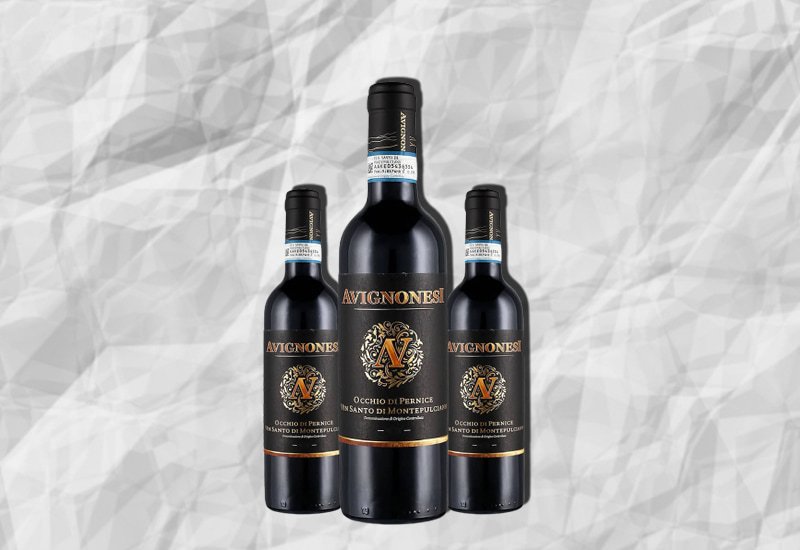
- 2002 Avignonesi Occhio di Pernice Vin Santo di Montepulciano Tuscany, Italy ($380)
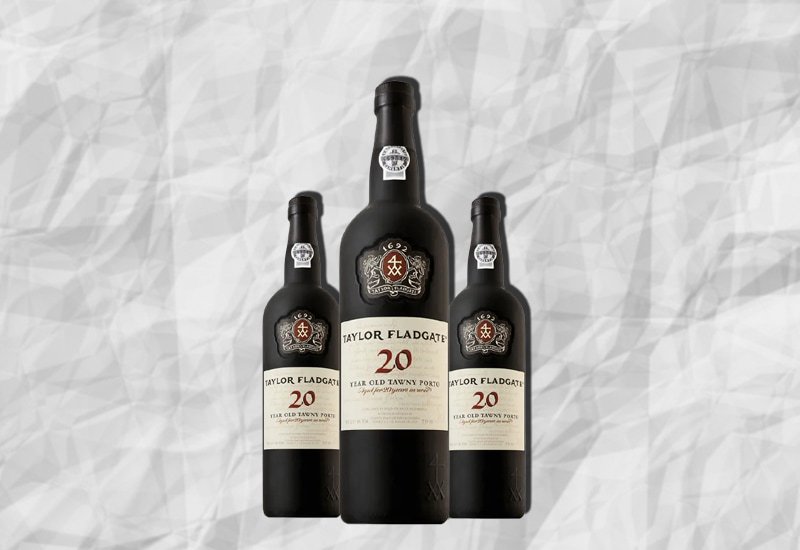
- Taylor Fladgate 20 Year Old Tawny Port, Portugal ($50)
C. Dry White Wine
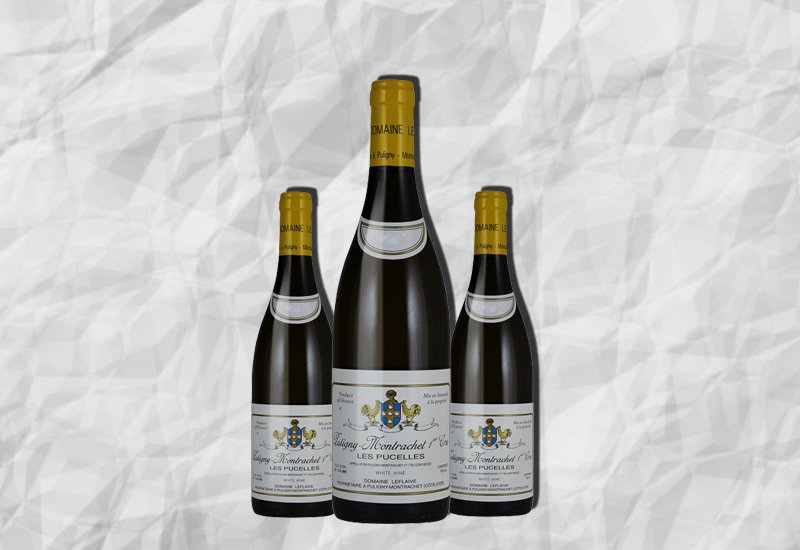
- 2016 Domaine Leflaive Les Pucelles, Puligny-Montrachet Premier Cru, France ($400)
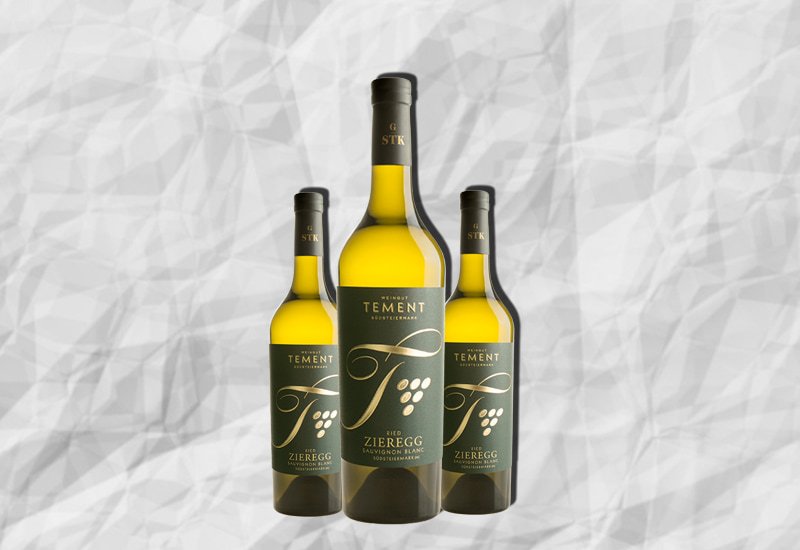
- 2015 Weingut Tement Ried Zieregg Sauvignon Blanc Grosse STK Lage, Steiermark, Austria ($60)
D. Sweet White Wine

- 2015 Chateau d'Yquem, Sauternes, France ($430)
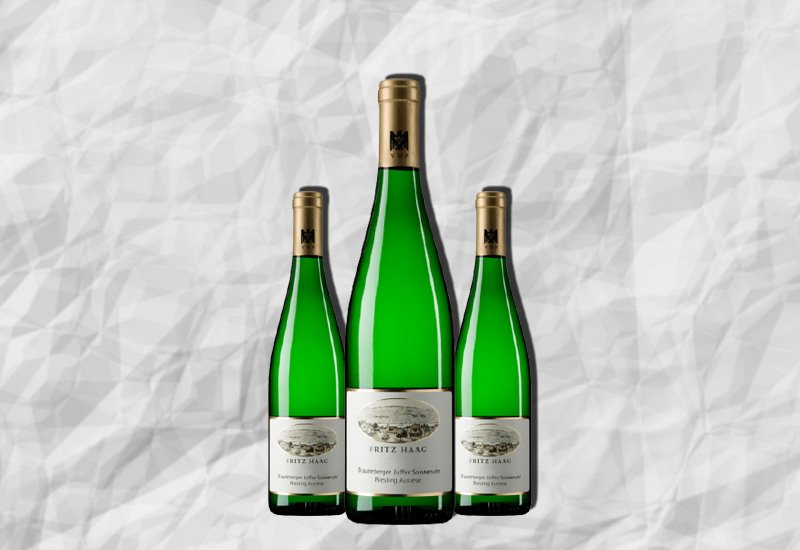
- 2017 Fritz Haag Brauneberger Juffer Sonnenuhr Riesling Auslese, Mosel, Germany ($40)
Own a Collection of Wines With Various Sweetness Levels!
Use our wine sweetness chart to help you pick a wine based on your sweetness preferences. But ultimately, how sweet or dry the wine tastes depends on the wine drinker.
As for the wines themselves, some are easy to get hold of, while others may be as rare as finding a needle in a haystack.
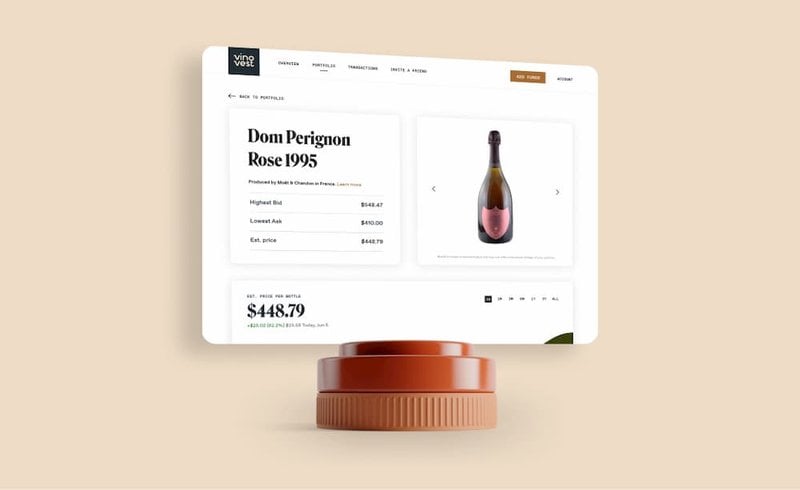
If you’re interested in the more investment-worthy wines, letVinovest lend a hand.
Vinovest can help you buy, sell and store fine, rare wines from any part of the globe.
Why not add variety to your wine collection through Vinovest today?


